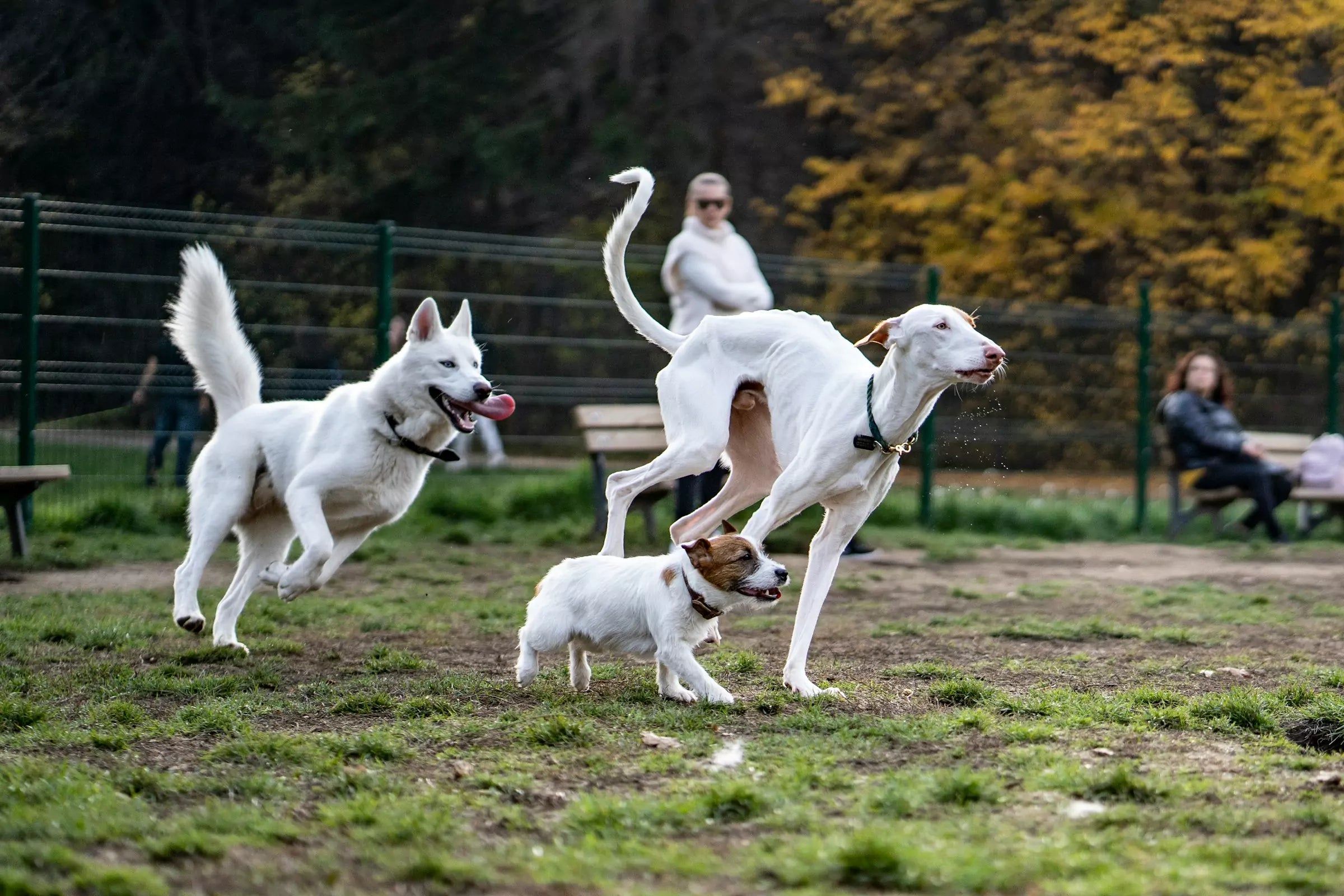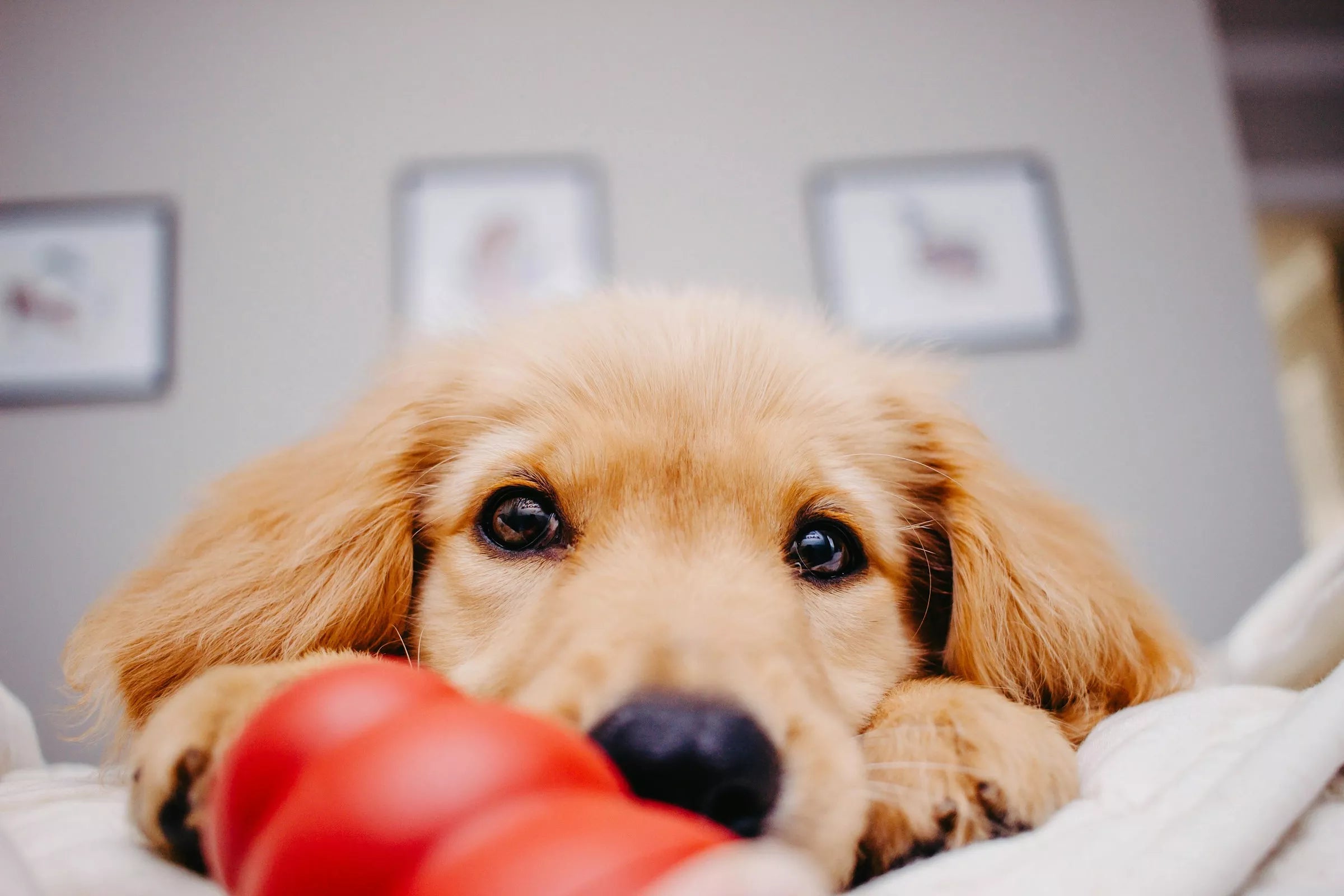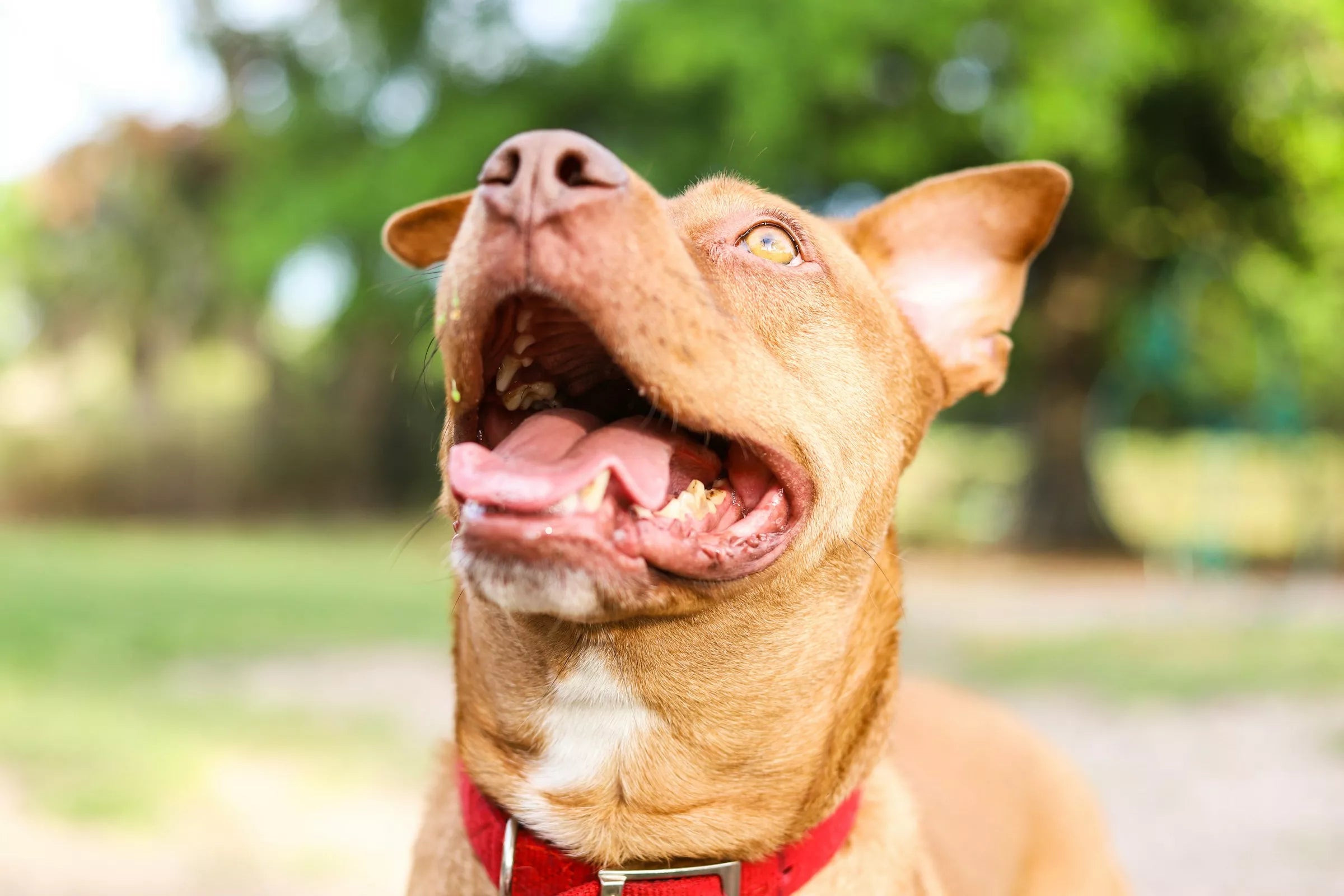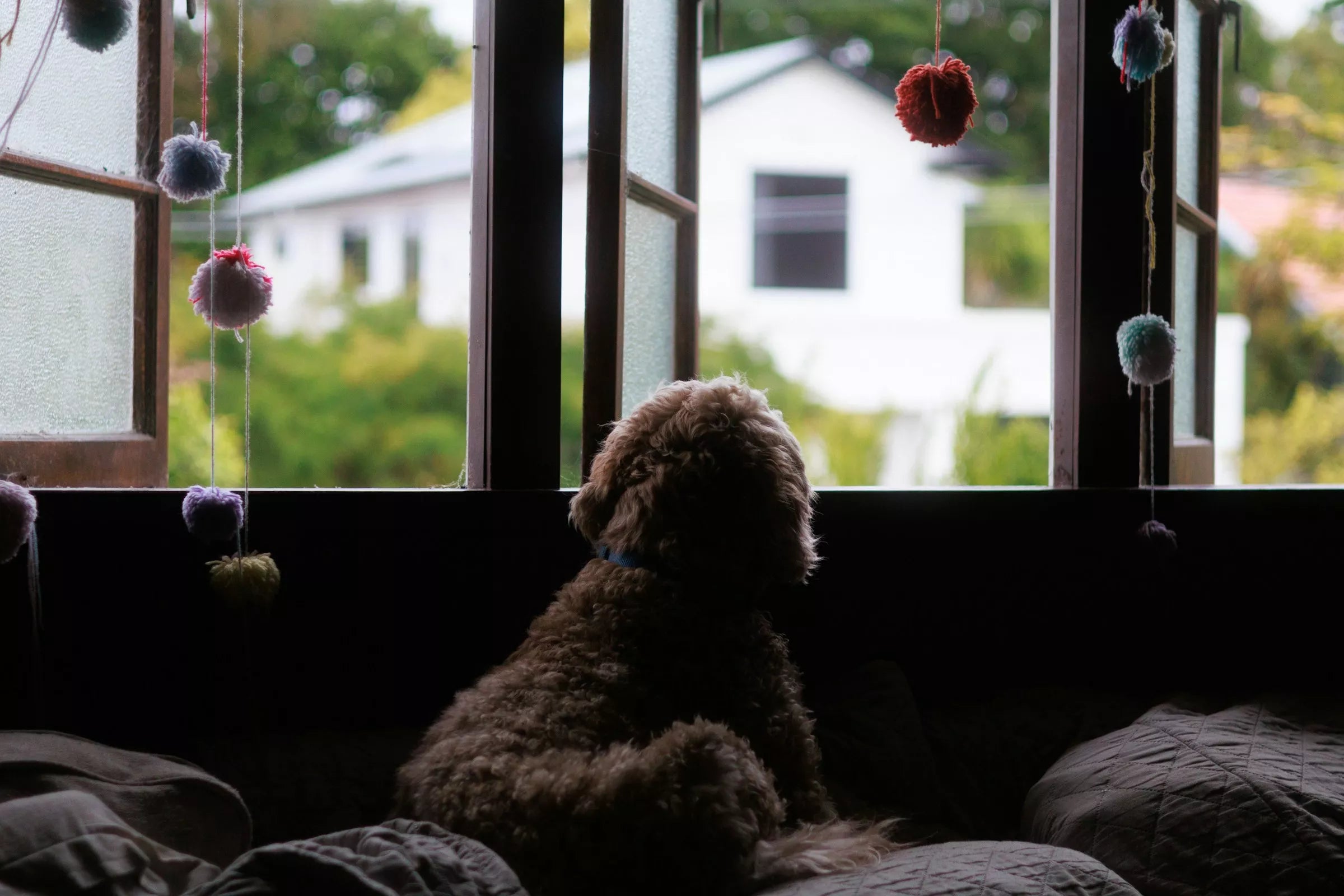Dogs, much like humans, have their own unique ways of communicating and establishing connections. For dog parents, witnessing their furry friends engage in playful greetings with other dogs can be both heartwarming and nerve-wracking. But how should dogs greet each other? Let's delve into this canine etiquette and explore the dos and don'ts of dog greetings.
Understanding Dog Greetings
Dog greetings encompass a wide range of behaviors, from a simple sniff to an enthusiastic play bow. Understanding these greetings requires decoding the intricate language of dog body cues. When two dogs meet, they engage in a ritualistic dance of sniffing, circling, and posturing, all aimed at gauging each other's intentions and establishing rapport.
Factors Affecting Dog Greetings
Age, breed, and past experiences play significant roles in shaping how dogs greet each other. Puppies, for instance, tend to be more exuberant in their greetings, while older dogs may prefer a more subdued approach. Additionally, breed characteristics can influence greeting styles, with some breeds being naturally more reserved or outgoing.

Tips for Healthy Dog Greetings
For dog parents, facilitating positive interactions between their furry companions requires finesse and understanding. Introducing dogs slowly and in neutral territory can help alleviate tension and prevent conflicts. Reading your dog's body language is crucial; signs of stress or discomfort should signal a pause in the interaction.
Common Mistakes in Dog Greetings
One common mistake dog parents make is rushing introductions or forcing interactions. Dogs need time to acclimate to each other's presence and establish trust. Misinterpreting signals can also lead to misunderstandings and potentially dangerous situations. It's essential to err on the side of caution and prioritize safety.

Socialization Techniques for Dogs
Proper socialization is key to fostering healthy interactions between dogs. Puppy socialization classes provide structured environments for young dogs to learn appropriate social skills. Controlled interactions with other well-behaved dogs can help build confidence and prevent fear-based aggression later in life.
Handling Aggressive Dog Greetings
Despite best efforts, conflicts may arise during dog greetings. Signs of aggression, such as stiff posture or growling, should be addressed immediately. Removing the dogs from the situation calmly and redirecting their focus can help defuse tension. Seeking professional help from a certified dog trainer may be necessary for more severe cases.

Ensuring Safety During Dog Greetings
Dog parents must prioritize safety when facilitating greetings between their furry companions. Supervision is paramount, especially during initial introductions. Having a plan in place for managing unexpected conflicts can help prevent injuries and maintain a positive experience for both dogs involved.
The Role of Dog Parents in Greetings
As dog parents, our role extends beyond mere observation; we are the architects of our dogs' social experiences. Creating positive associations with other dogs through rewards and praise can reinforce desirable behaviors. Understanding our dog's individual preferences and limitations allows us to advocate for them and ensure their well-being in social settings.
Conclusion
In conclusion, how dogs greet each other is a complex interplay of instinct, experience, and environment. By understanding the nuances of canine communication and employing proactive socialization techniques, dog parents can facilitate positive interactions and nurture lasting friendships between their furry companions.
FAQs
-
My dog seems anxious around other dogs. What can I do to help?
Start with gradual introductions in controlled environments, and consider seeking guidance from a professional dog trainer to address underlying anxiety issues. -
Should I let my dog off-leash during greetings with other dogs?
It's best to keep your dog on a leash during introductions, as it provides control and prevents potential conflicts. -
What should I do if my dog gets into a fight during a greeting?
Stay calm, and try to separate the dogs without getting physically involved, if possible. Seek veterinary attention if injuries occur. -
Can older dogs learn to socialize if they haven't been exposed to other dogs before?
Yes, with patience and positive reinforcement, older dogs can learn to socialize, but it may take time and careful introduction. -
How can I tell if my dog is enjoying the interaction with another dog?
Look for relaxed body language, loose tail wagging, and playful behaviors as indicators of positive interaction.















Share:
Should Dogs' Nails Touch the Floor?
When Should Dogs Be Vaccinated?